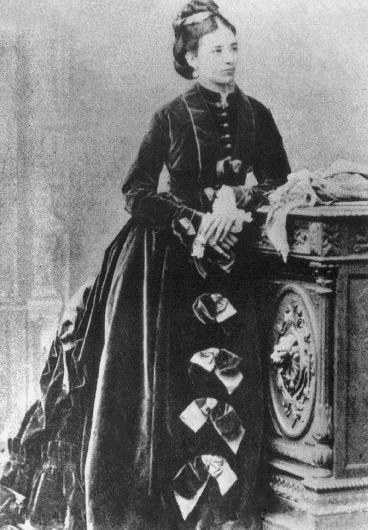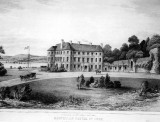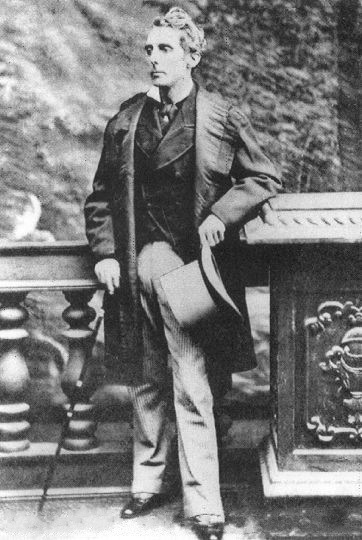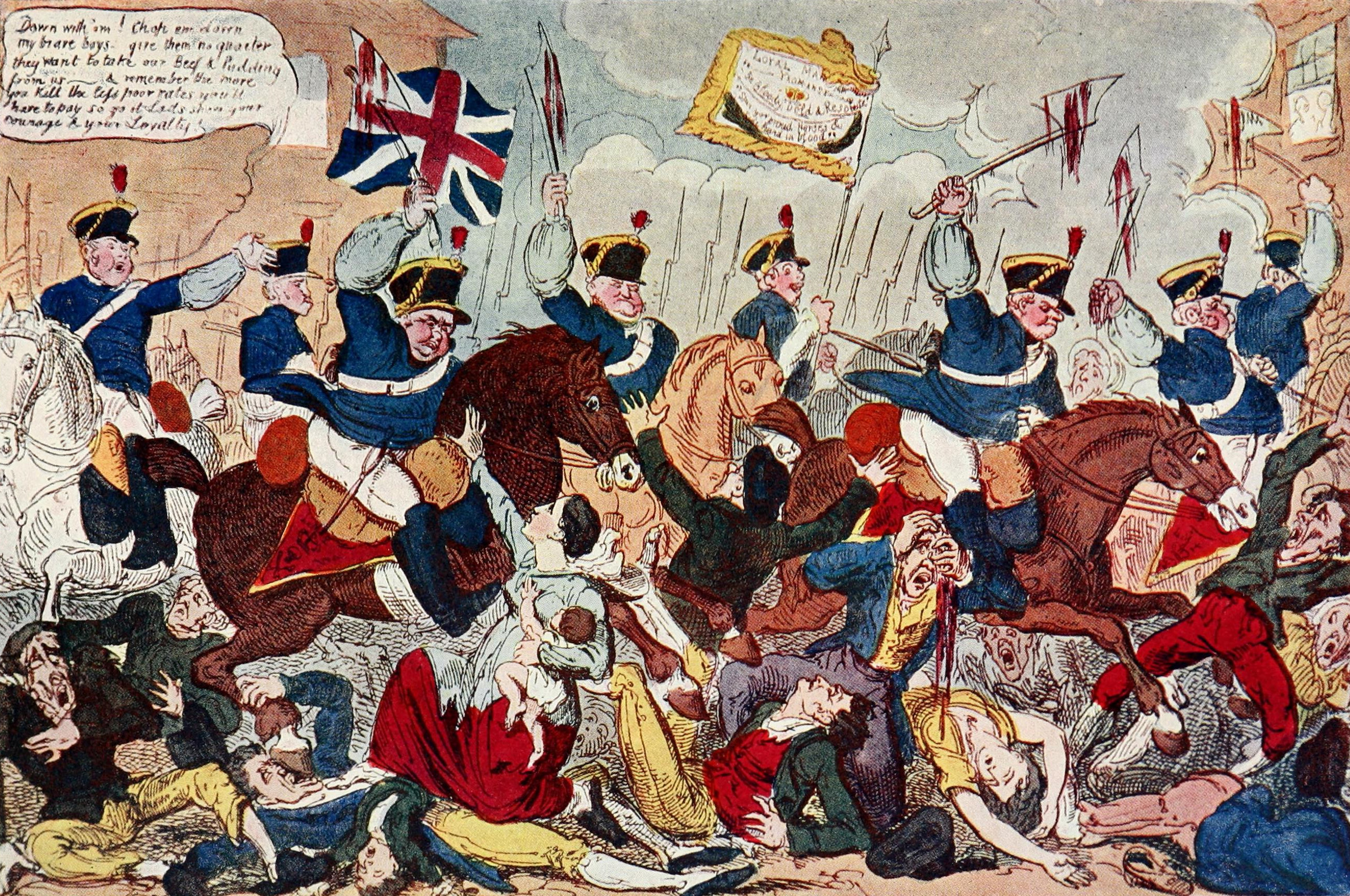
One hundred and ninety seven years ago yesterday, between 60 – 80,000 people gathered on St Peter’s Field in Manchester at a meeting for parliamentary reform. The crowd was charged by the Manchester and Salford Yeomanry, and the 15th Hussars; between 10 and 20 people were killed and hundreds more injured in what quickly became known as the Peterloo Massacre.
The Manchester & Salford Yeomanry were a relatively inexperienced militia recruited from among local shopkeepers and tradesmen, a large number ran or owned pubs. For some reason, this came to mind .. “They smelt of pubs and Wormwood Scrubs, and too many right wing meetings.”
The Manchester Observer had recently described them as “generally speaking, the fawning dependents of the great, with a few fools and a greater proportion of coxcombs, who imagine they acquire considerable importance by wearing regimentals” they were subsequently described as “younger members of the Tory party in arms”, and as “hot-headed young men, who had volunteered into that service from their intense hatred of Radicalism”.
They were also drunk.
Just after 1:00pm the Yeomanry received an order that the Chief Constable had an arrest warrant which he needed assistance to execute, and sixty cavalrymen of the Manchester and Salford Yeomanry, led by Captain Hugh Hornby Birley, moved into the crowd. As they became stuck, they began to panic, and began to attack the crowd with their sabres.
At about 1:50 pm, Lieutenant Colonel Guy L’Estrange commanding the 15th Hussars arrived; he ordered them into the field to disperse the crowd with the words: “Good God, Sir, don’t you see they are attacking the Yeomanry; disperse the meeting!”
The 15th Hussars formed themselves into a line stretching across the eastern end of St Peter’s Field, and charged into the crowd. At about the same time the Cheshire Yeomanry charged from the southern edge of the field.
At first the crowd had some difficulty in dispersing, as the main exit route into Peter Street was blocked by the 88th Regiment of Foot, standing with bayonets fixed. One officer of the 15th Hussars was heard trying to restrain the, by now out of control, Manchester and Salford Yeomanry, who were “cutting at every one they could reach”: “For shame! For shame! Gentlemen: forbear, forbear! The people cannot get away!”
By 2:00pm the crowd had been dispersed, leaving eleven dead and more than six hundred injured.
Peterloo was hugely influential in ordinary people winning the right the vote; it led to the rise of the Chartist Movement, which in turn led to the formation of Trade Unions; and it resulted in the foundation of the Manchester Guardian newspaper.
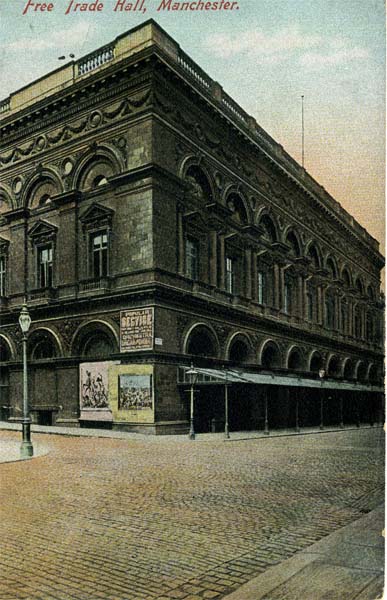
Percy Bysshe Shelley was in Italy, and did not hear of the massacre until 5 September. His poem,“ The Masque of Anarchy”, subtitled “Written on the Occasion of the Massacre at Manchester” was sent for publication but not published until 1832, thirteen years after the massacre, and ten years after Shelley’s death.
The Free Trade Hall in Manchester, built to commemorate the repeal of the Corn Laws in 1846, was also partly built as a “cenotaph raised on the shades of the victims” of Peterloo. The land it was built on was given by Richard Cobden.
This isn’t really a shameless attempt to bring in the UK’s second greatest city (you can pretty much guess the gold medal winner), well it probably is. Ok, so, Manchester, one of the world’s great cities, along with London (obviously), Venice, Florence, New York, probably Glasgow………
Anyway, Sir Joseph Thackwell, GCB, KH, (1781 – 1858) commanded the 15th Hussars from 1820 to 1832. So he may well have been at Peterloo. It’s probably too much to hope he was the officer “trying to restrain the out of control Manchester and Salford Yeomanry”, but it is at least possible. But, a year after the massacre, he was in command of the regiment.
He was, later, a lieutenant general in the British Army. He had served with the 15th Hussars in the Peninsular War at Sahagún (1808) and Vitoria (1813), and lost his left arm at the Battle of Waterloo in 1815. He was promoted to a major at Waterloo, and made a brevet (honorary) lieutenant-colonel in 1817. So he was almost as senior as Lieutenant Colonel Guy L’Estrange, but didn’t out-rank him on the day. Guy L’Estrange does sound like one of Becky Sharpe’s conquests………..
But on the day, with a joint operation combining the Manchester and Salford Yeomanry, the Cheshire Yeomanry, and the 15th Hussars, he would have had equivalent rank to L’Estrange.
Joseph Thackwell commanded the 15th Hussars from 1820 to 1832. He then served in India, commanding the cavalry in the First Anglo-Afghan War (1838–39), the First and Second Anglo-Sikh Wars (1845–49). The reason for bringing this in to our story is that he had married Maria Audriah Roche, [eldest daughter of Francis Roche of Rochemount, County Cork (an uncle of Edmond Roche, 1st Baron Fermoy).] in 1825, and, more importantly, he bought Aghada Hall n 1853, and died there in April 1859.
So, Joseph Thackwell was the first person to own Aghada since John Roche had built it in 1808. The house had been in the Roche family for forty five years, but JR’s dream of creating a Roche dynasty, with a landed inheritance, had failed. Both male Roche heirs, his nephews’ James Joseph, and William, had died without male heirs. So the estate was sold with the beneficiaries being JJ, and William’s daughters.
Lady Thackwell [Maria A. Roche] shares a surname with John Roche, and his heirs, but is at best a tangential relation, and more likely no close relation at all. Her branch of the Roche family were neighbours of “our” Roches, substantial landowners in county Cork, important and influential, – Maria was a first cousin of the 1st Baron Fermoy; which coincidentally makes her the first cousin five times removed from Diana, Princess of Wales. But when it comes down to it, probably not much more than someone deciding – “you know that nice house down on Cork harbour, quite close to a lot of my family……… can we buy it?”
Peterloo also resonates in other parts of the story…… It’s a shocking, shameless, massacre. It is not defendable in any way. The crowd attendance was approximately half the population of the immediate area around Manchester. But it led to the Great Reform Bill of 1832, it led to the repeal of the Corn Laws in 1846 in part through the efforts of Richard Cobden, and, amongst others, his next door neighbour Sir Joshua Walmsley, – another character in our story.
But most of all, one hundred and ninety seven years on, we should doff our caps to the people of Manchester.
